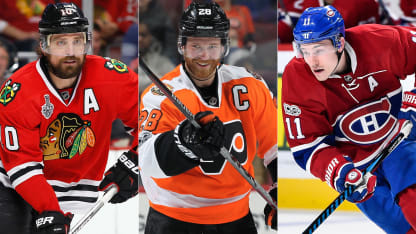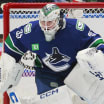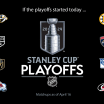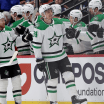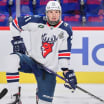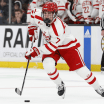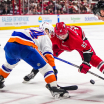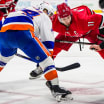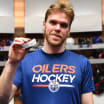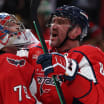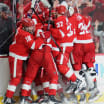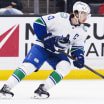Hamonic, 27, had 14 points (three goals, 11 assists) in 49 games for the New York Islanders last season, his second-lowest total for a full NHL season. That works out to 0.29 points per game, his same average from 2015-16.
Traded to the Flames on June 24, the veteran of seven NHL seasons could return to his scoring level from 2010-11, when as a rookie he averaged 0.42 points per game, or his NHL career high of 0.46 points per game, set in 2014-15.
A big reason for Hamonic's drop-off was his usage. With the Islanders, he was called upon to play the tough minutes at even strength, and he averaged 33 seconds of ice time per game last season on a power play that typically included four forwards and one defenseman.
In Calgary, the defensive duties are spread more evenly between the top two pairs, and the defensemen are a bigger part of the offense at even strength and on the power play.
Last season, TJ Brodie averaged 2:46 of power-play ice time per game, Mark Giordano averaged 2:35, and Dougie Hamilton averaged 2:15. Given that Hamonic's 5-on-5 scoring rate of 0.94 points per 60 minutes last season, according to Xtra Hockey Stats, exceeded Brodie's (0.67) and Giordano's (0.63), he may see more time on the top power-play unit alongside Hamilton (1.56).
